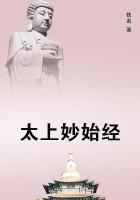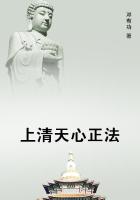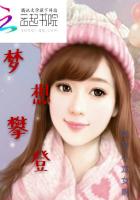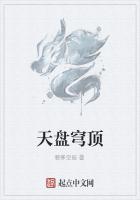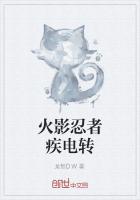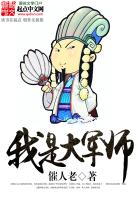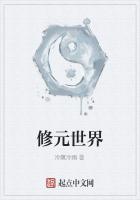It is evident that this method could be varied a little. For instance, when the manager holds the envelope aloft, the medium could first read it and carefully describe the writing. He could then ask for the envelope, so as to become en rapport with the writer, in order that he may give the correct answer. In this case he could leave the surplus cards on the back of the table behind the music box, and have in his left palm only the single card he is reading. When he receives the envelope he should place it in his left hand directly over the card and tear off the end of the envelope. He should then apparently take out the card from the envelope, but in reality take the original card from the rear of the envelope with his right hand. He should then with his right hand press this card on top of his head and give the answer, while his left hand lays the opened envelope on the table or music box.
In this case, as soon as he answers the question, he should return the card to the manager with his right hand and ask the manager to have some boy run with it to its writer. After it is returned to its writer, the manager can hold aloft another envelope and the medium continue with the tests. After the tests, the manager should remove the torn envelopes, as they contain "dummy" cards.
I will now explain the method pursued on the second evening. After the questions were written and sealed, the manager went among the spectators collecting the envelopes in a cloth bag. He first numbered the envelopes, at the same time instructing each spectator to remember his number, after which the envelopes were dropped into the bag. When all the envelopes were collected, the manager lifted the bag in the tips of his fingers and ascended to the stage with it in plain view. He quickly attached it to the cord and drew it up to the ceiling. So far all was fair; but just at this moment a person in the rear of the hall made the statement that he desired to place his envelope in the bag also. The performer asked a gentleman on the floor to take the bag, which he now lowered and detached, and to kindly go to the gentleman and get his envelope.
While he was doing this the manager held the audience by his discourse. The two gentlemen were, of course, paid confederates; and when they met behind the spectators, they merely exchanged the first bag for a duplicate under the coat of the rear confederate, who then slipped around behind the stage with the original.
When the other confederate returned to the stage with the duplicate bag and handed it to the manager he ran this one up to the ceiling.
This method can be varied by the manager making the exchange under his own coat in the first place when in the rear of the hall after collecting the envelopes.
Meanwhile an assistant behind the scenes opened and copied the questions neatly on a sheet of paper, and NUMBERED EACH ONE. As he did this he slipped each one into a duplicate envelope, which was also numbered by the manager with a ring drawn around the figure.
This he sealed. As soon as all were copied this assistant carefully drew the medium's Bible just out of sight from the table near the flies where it rested, inserted the sheet containing the copied questions, and pushed it back into view again.
During this time the medium was walking slowly about at the front of the stage while the manager delivered his lecture. At the close of the lecture the medium stepped back to the table where he had laid his Bible a short time before, picked it up and came forward taking a seat facing the audience. He next opened the Bible and turned the leaves over slowly, passing the sheet of paper and reading and memorizing the first question quickly. He then turned the leaves beyond this sheet of paper and finally selected a verse and began reading it impressively. As he read this verse he allowed the Bible to tilt forward sufficiently for the spectators to see that there was nothing like a loose sheet in it, should such an idea occur to anyone.
As he had turned over other pages after secretly reading the question, the sheet was hidden from view. After reading the verse he allowed the Bible to close, and then closing his eyes gave the test for number one. After this he again opened the Bible and turned the leaves through it slowly, read the second question secretly, and finally found a second verse, which he proceeded to read in a solemn tone, he then gave a second test, and so continued until all the tests were given. He then lay down very much exhausted, and the manager lowered the cloth bag containing the dummy envelopes, and emptied them upon a small table near the front of the stage. He then stepped to the rear of the stage and picked up a little wicker basket, into which he scooped the dummy envelopes from the small table where they lay in full view. He now descended and rapidly returned the unopened envelopes to their respective writers.
The basket is what is known as a "Billet changing basket." It is lined with red satin and is a small affair with straight sloping sides. It has a handle which, when down, locks two flaps up against the sides of the basket. This is done by two little projections on the base ends of the handle. They are of wire and are bent into such shape that they project downward when the handle is down, and hold the two side flaps up against the sides. These flaps are of pasteboard, and are covered with red satin the same as the basket lining. There is a spring in each flap which closes it upon the bottom of the basket when it is released by raising the handle. Envelopes in the bottom of the basket are thus hidden and retained, when the flaps are released, and the duplicates drop into the basket, from the sides where they were concealed by the flaps.

